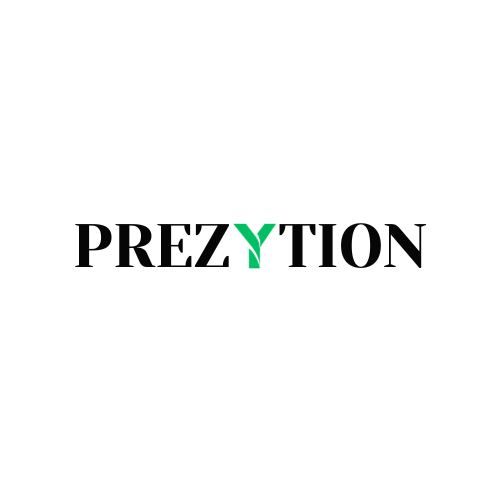Key Power Brokers:
- Chief 1
- Chief 2
- Chief 3
- Chief 4
Primary Representatives:
- Assistant 1
- Assistant 2
- Assistant 3
Analysis:
The power brokers listed above are the primary influencers within the Prime Minister’s office, effectively acting as a shadow cabinet. Their influence is significant in shaping decisions and policy narratives. However, there are tensions among these four individuals, each vying for the top position. Therefore, strategic engagements with them should be planned according to their hierarchy or specific roles.
Chief 1 holds the highest rank and has been with the Prime Minister the longest. In contrast, Chief 2, a relative of the Prime Minister through marriage, often challenges the established power dynamics. Chiefs 3 and 4 have earned their positions in the inner circle due to their family connections and contributions to the Prime Minister.
When engaging with these power brokers, it is crucial to decide who to primarily engage with. The choice often comes down to either Chief 1 or Chief 2, each with their own advantages and disadvantages, which will be explored in more detail later.
The primary representatives are the public faces of the Prime Minister’s office, representing its political ideology and conducting external engagements. The relationships among these individuals are harmonious, making it less critical to choose a primary contact.
However, it is worth noting that Assistant 1 is directly accountable to Chief 1, while the allegiances of the other two assistants are currently uncertain. It is believed that all three assistants would seek approval from Chief 1, with the option to approach Chief 2 for additional support if needed.
